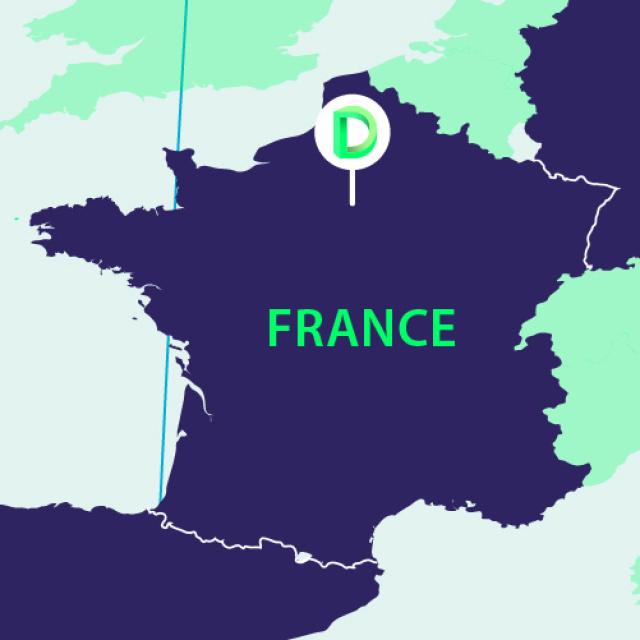About
As a Horizon Europe project, co-funded by the European Union (EU) via the Built4People partnership, Drastic plans to address the untapped potential for decarbonisation and significant transformation within the European built environment via the reduction of whole life cycle carbon.

Disassembly of a Norwegian barn for reclaimed timber utilisation
Drastic aims to reduce operational and embodied carbon by engaging its collection of five Demonstrator projects, each based in distinct geographic zones with specific drivers that focus on reducing the embodied carbon impacts of construction materials.
Recognising the challenge
In Europe, the operational use phase of buildings alone accounts for around 40% of all energy consumption and 36% of Greenhouse Gas (GHG) emissions, whilst the construction sector is responsible for 50% of raw material extraction and 36% of generated waste.
Showcasing solutions
Drastic aims to reduce operational and embodied carbon by engaging its collection of five Demonstrator projects, each based in distinct geographic zones with specific drivers that focus on reducing the embodied carbon impacts of construction materials.
The Demonstrators will focus on improving the life cycle performance of construction materials from a holistic point of view, addressing the technical, environmental, economic, circular and sufficiency aspects of design, use and reusability over multiple life cycles. A variety of building typologies will be considered, representing up to 80% of all EU buildings.
Drastic’s Demonstrators will also look to promote innovative circular economy construction practices to reduce waste and environmental burdens across the entire construction industry, and will seek opportunities to upscale Drastic to a pan-European level.
Evaluating impact
This four-year project will develop a ground-breaking approach to sustainability and circularity assessment, validation and governance risk and mitigation, including revolutionising how data is homogenised, traced, and shared amongst value chain stakeholders.
As well as this, Drastic will use innovative technology to enhance data-driven tools for quality evaluation, thermal efficiency, automatic asset identification, multi-cycle traceability and social acceptance. All of this will be integrated into a common digital platform, available on the Drastic website as an invaluable tool and beacon of knowledge for all to use.
By addressing each layer of buildings, Drastic will accelerate the adoption of sustainable and circular building and design practices to help collectively shape a greener European future.
Demonstrators
Read more about each Drastic Demonstrator below, to see how they are contributing to the objectives of the EU by demonstrating the feasibility of exciting and innovative new technologies, methods and solutions within the built environment.








